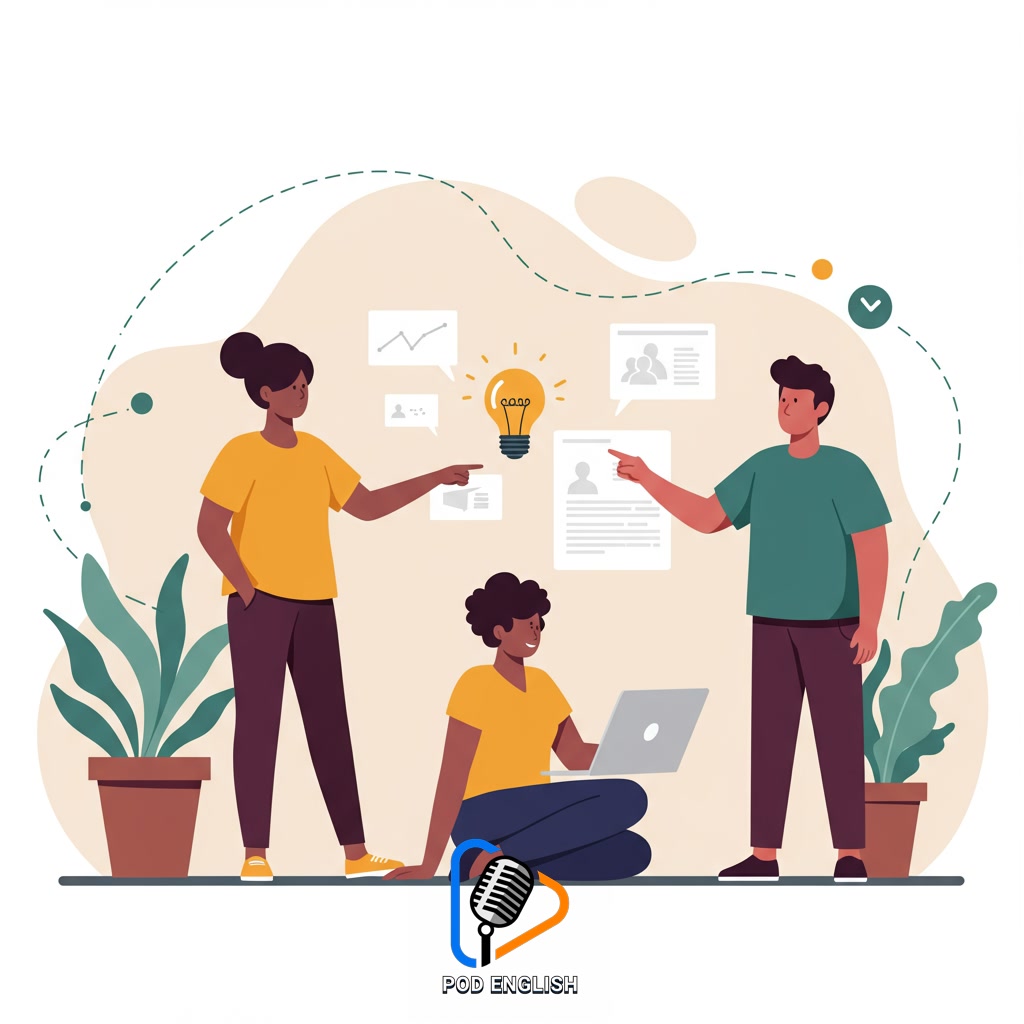Learn English
Boost Your English Retention: Active Learning Techniques

This content explores effective methods to significantly enhance your ability to retain English language knowledge. It focuses on implementing active learning strategies as a powerful alternative to passive study. Engaging directly with the material through these techniques helps solidify understanding and improve long-term recall. Adopting an active approach is fundamental for successful English language acquisition and memory.
Table of Contents
- Section 1: Understanding English Retention and Active Learning
- Section 2: Why Active Learning is Crucial for Mastering English
- Section 3: Active Techniques for Boosting Vocabulary and Grammar Retention
- Section 4: Engaging Your Skills: Active Learning for Listening and Speaking
- Section 5: Integrating Active Learning into Your Daily English Study Routine
- Section 6: Tracking Your Progress and Maintaining Motivation
Section 1: Understanding English Retention and Active Learning
Understanding how you retain information is key to mastering English. English retention refers to your ability to remember and recall vocabulary, grammar rules, phrases, and concepts over time. Passive learning, like simply reading or listening without active engagement, often results in poor retention because the brain doesn’t deeply process the information. Active learning, in contrast, involves interacting with the material – thinking about it, using it, manipulating it, and connecting it to existing knowledge. This active processing creates stronger neural pathways, making it much easier to remember and use what you learn. By understanding the difference and embracing active techniques, you can significantly boost your English language memory.

Section 2: Why Active Learning is Crucial for Mastering English
While passive methods like simply reading or listening are foundational, they often result in information flowing in one ear and out the other without deep processing. Active learning, conversely, requires you to engage directly with the English language. This means speaking, writing, summarizing, teaching others, or actively applying new vocabulary and grammar in real contexts. When you actively use the language, you force your brain to retrieve, process, and manipulate the information, creating stronger neural pathways. This direct interaction makes the knowledge ‘stick’ far better than passive reception alone. Therefore, transitioning from a purely passive approach to incorporating active techniques is not just beneficial, but crucial for truly mastering English and ensuring long-term retention.

Section 3: Active Techniques for Boosting Vocabulary and Grammar Retention
Active learning, conversely, requires you to interact directly with the material. To boost vocabulary and grammar retention effectively, move beyond passive exposure. For new words, actively use them in your own sentences, speak them out loud in different contexts, or create and test yourself with personalized flashcards using active recall. When tackling grammar points, practice constructing various sentence types, analyze how native speakers use structures in authentic materials, and make a conscious effort to apply rules when writing or speaking. These hands-on techniques force your brain to process the information more deeply, building stronger memory pathways and significantly enhancing your ability to remember and use language effectively compared to passive methods for learning English.

Section 4: Engaging Your Skills: Active Learning for Listening and Speaking
Building on active engagement, extend this approach to your listening and speaking abilities. Instead of passively hearing English, actively process it. Try transcribing short audio clips or summarizing what you hear in your own words. For speaking, don’t just repeat phrases; actively participate in conversations, even if just with yourself or by shadowing native speakers. Record your voice to identify areas for improvement. Engage in language exchange or online speaking groups. By actively producing and reacting to spoken English, you strengthen neural pathways and build confidence, making both listening comprehension and verbal fluency more robust and memorable. This direct interaction is key to solidifying these crucial skills.

Section 5: Integrating Active Learning into Your Daily English Study Routine
To truly boost your English retention, the key is consistent, active engagement. Rather than scheduling large, infrequent study blocks, aim to integrate active learning techniques seamlessly into your daily life. This means finding small pockets of time to practice summarizing articles aloud, using new vocabulary in short sentences while doing chores, or actively trying to understand song lyrics or podcast dialogues by pausing and repeating. Make it a habit to use language learning apps interactively during your commute or before bed. The goal is to transform passive moments into opportunities for active practice, making English a living part of your day-to-day activities and solidifying knowledge through repeated, practical application.

Section 6: Tracking Your Progress and Maintaining Motivation
To build on consistent engagement, it’s crucial to actively track your progress. Monitoring your learning journey provides tangible evidence of improvement, which is a powerful motivator. Consider using a simple notebook, a spreadsheet, or a dedicated app to log your active learning sessions, new vocabulary learned, challenging grammar points mastered, or even successful conversations you’ve had. Seeing how far you’ve come helps maintain momentum and reinforces the value of your efforts. Don’t just track activities; try to track outcomes, like understanding a complex article or comfortably using a new phrase. Celebrating small wins along the way is also vital for keeping motivation high. Remember why you started learning English and let your visible progress fuel your continued dedication.
![]()

